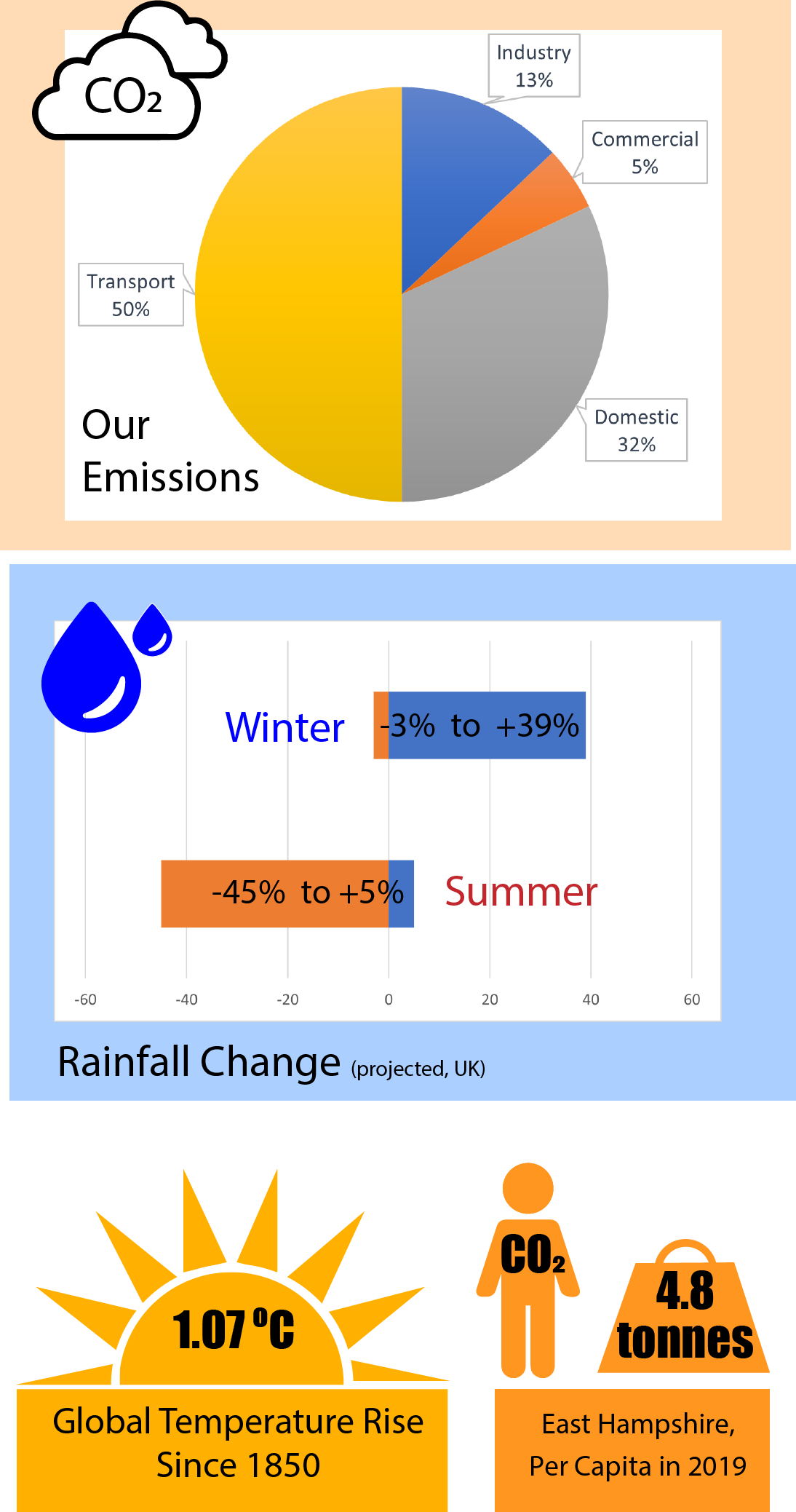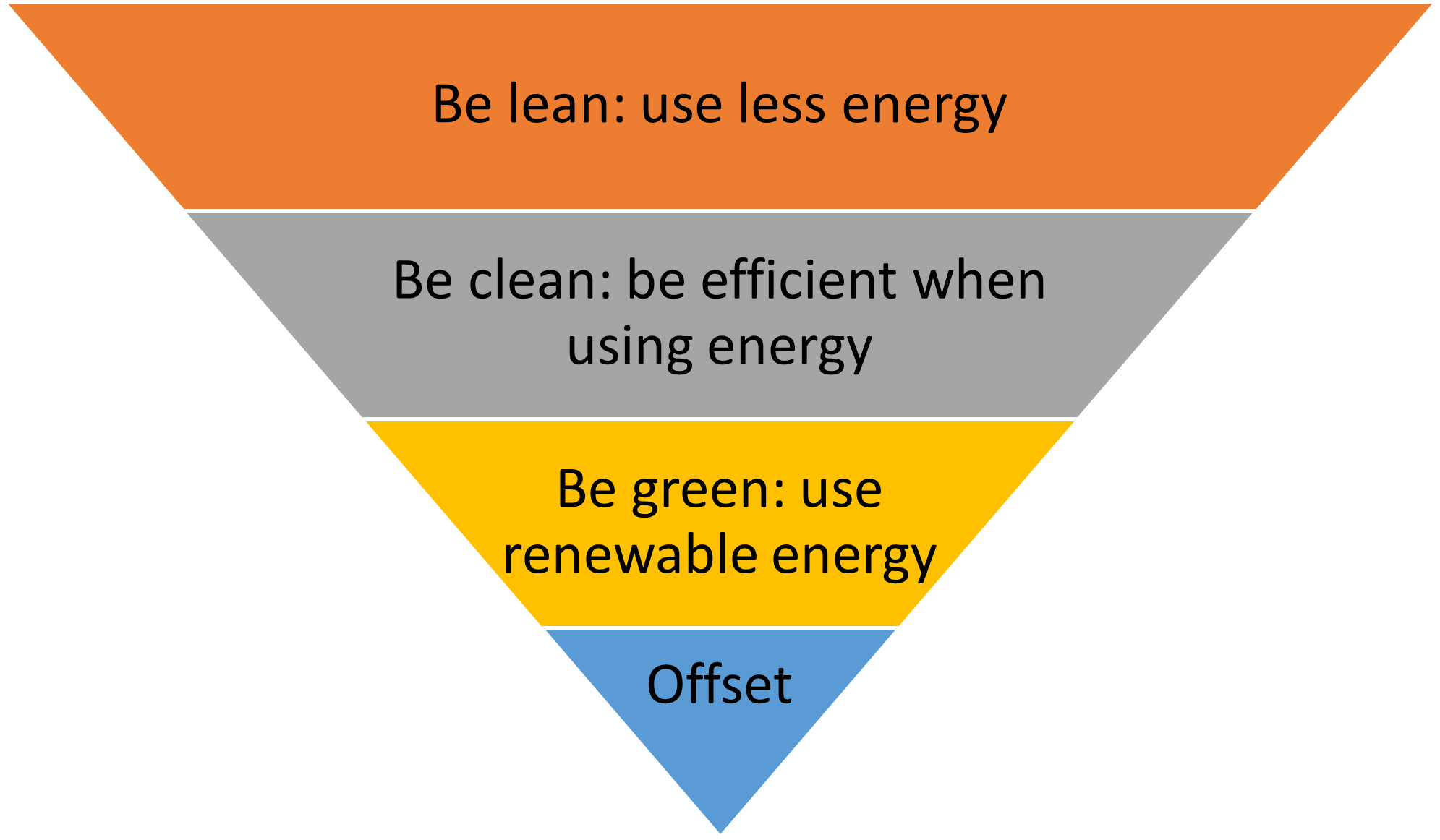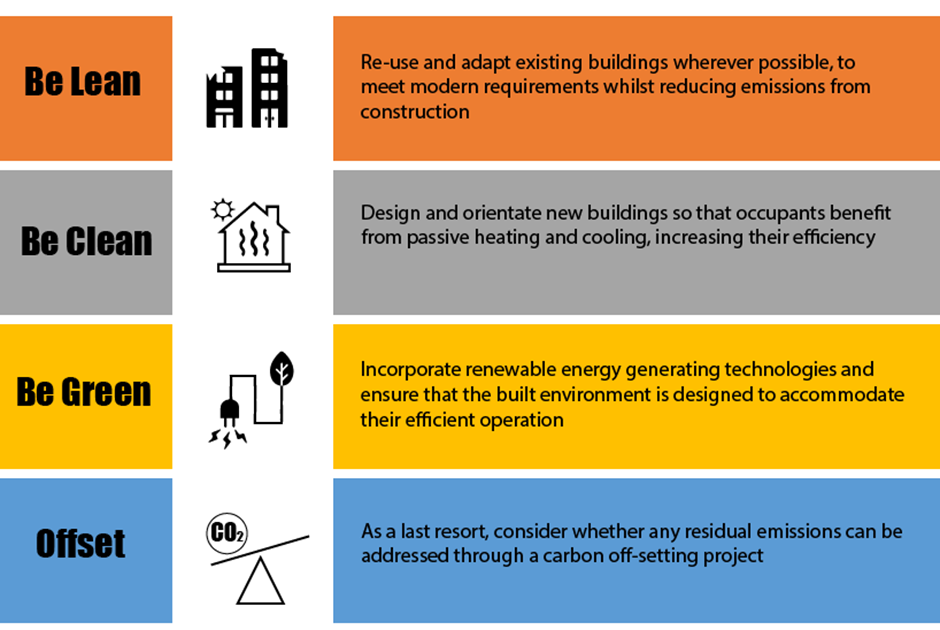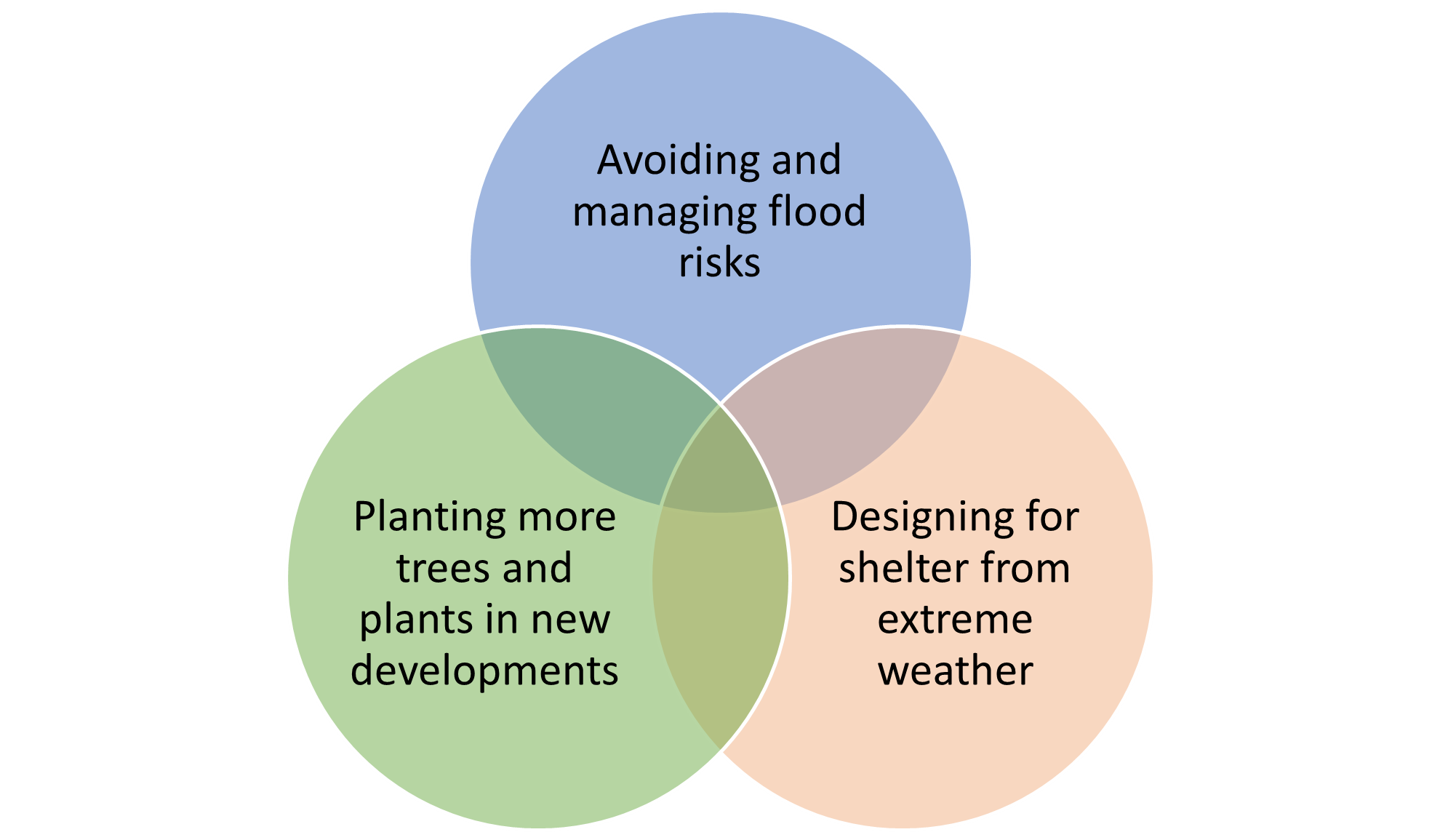Home
Climate Emergency
Discover East Hampshire Local Plan , Climate Emergency. Have your say today and share your views on the future of your community. Powered by Commonplace, the leading community engagement platform.
The Climate Emergency
 Meeting global, national and local targets for dealing with climate change is one of the most important but challenging priorities for institutions and individuals. The planning system has a role to play in this, helping to deliver radical reductions in greenhouse gas emissions, supporting the use of renewable and low-carbon energy and taking account of long-term implications for flood risks, water supply, biodiversity and health. The climate change background paper identifies what a local plan can do and what must be left to other areas of public policy and intervention, such as retrofitting existing properties, which falls outside the remit of a local plan.
Meeting global, national and local targets for dealing with climate change is one of the most important but challenging priorities for institutions and individuals. The planning system has a role to play in this, helping to deliver radical reductions in greenhouse gas emissions, supporting the use of renewable and low-carbon energy and taking account of long-term implications for flood risks, water supply, biodiversity and health. The climate change background paper identifies what a local plan can do and what must be left to other areas of public policy and intervention, such as retrofitting existing properties, which falls outside the remit of a local plan.

Page break
Since previous consultations on the Local Plan, there has been a growing awareness that the transition to a zero-carbon lifestyle needs to happen as fast as possible. East Hampshire District Council declared a climate emergency in July 2019 and, in 2021, it announced an ambitious target to demand that all new homes built in accordance with the emerging Local Plan would be zero-carbon homes.
It will be very challenging to build zero-carbon homes during the local plan period – but the Council believes this objective must be pursued for the well-being of current and future generations.
National planning policy does not yet state how this should be done, so the Council is looking at best practice from elsewhere and taking expert advice from independent consultants. Your responses to this consultation can help the Council to make important decisions on tackling the climate emergency.
Page break
In response to the climate emergency and the desire to avoid new greenhouse gas emissions from development, the Council has been investigating a more ambitious approach to tackling climate change. As part of a ‘Net Zero Carbon’ study, independent consultants have been working with the Council to look at how net zero carbon buildings could be required through planning policies. In order to write these policy requirements, there needs to be a shared understanding of what we mean by ‘net-zero carbon development’. Defining this phrase is a key issue for this consultation.
Defining 'Net Zero Carbon Development' for the East Hampshire Local Plan
A best-practice definition is considered to be one whereby:
- The energy consumed by a building’s occupants is taken into account and reduced as far as possible. This would mean considering all of the energy consumed, not only that which is regulated by the Government’s Building Regulations;
- The remaining energy demand is met with the equivalent amount of renewable power generation, either onsite or offsite;
- The remaining carbon dioxide emissions that are associated with a building (e.g. through making or obtaining its building materials) are estimated and reduced, wherever practicable.
Page break
The Energy Hierarchy as an approach to mitigation
Tackling climate change will involve more than an approach to sustainable construction that identifies what is meant by net-zero carbon development. To help mitigate global climate change, the Council believes that the energy hierarchy should be followed whenever new development is proposed.

This energy hierarchy is an important part of the Council’s supplementary planning document on climate change and sustainable construction. This means that it already informs how the Council’s current planning policies are being interpreted. For the emerging Local Plan, the energy hierarchy could be used to change the policies themselves, which could affect how new developments would look and how they would function. The following graphic identifies some of the potential implications for the planning of new development:

There will be a need to balance climate-responsive designs with other aspects of achieving well-designed places, as defined by the Government’s National Design Guide. However, the Local Plan can help establish the priorities for the design and layout of new buildings through its design policies and one of these priorities could be climate-responsive designs.
Page break
Adapting to a changing climate
The evidence is clear that the Earth’s climate is already changing in response to greenhouse gas emissions. New development will need to be resilient to these changes, which are likely to affect the amount of rain that we receive and the temperatures we are exposed to. Resilient environments that better protect people from the impacts of climate change can be created by following several overlapping design principles:

The climate change background paper describes some detailed approaches that implement these principles, such as providing more street trees and the use of sustainable drainage systems, but what is most important is that the measures that are used are appropriate to the context for development.
There are different ways in which the planning system can specify what should be done. For example, the Government’s National Model Design Code allows measurable requirements to be set through an area-specific design code rather than just relying on over-arching planning policies.
Page break
Emphasising accessibility on foot and by bike

The location of new development can affect our emissions of greenhouse gases, especially in rural areas, where people often need to travel to access services and facilities. In the past, the Council has defined a ‘settlement hierarchy’ and used this to influence decisions on where to put new homes and businesses. The hierarchy classifies settlements according to the presence and accessibility of services, so it can be a useful tool in helping to put development in places where there is less of a need to travel long distances.
The Council’s declaration of a climate emergency puts renewed emphasis on reducing travel distances and increasing opportunities for walking and cycling as a means of transport. Whilst the increased use of electric vehicles will help to lower emissions, the truth is that there are still greenhouse gases associated with their use and production. The challenge of meeting net-zero emissions is also a challenge to walk and cycle more frequently to access local destinations.
For this reason, we have produced a new settlement hierarchy for the emerging Local Plan that emphasises accessibility on foot and by bike, to enable people to live more locally in the future. Further information on "living locally" is provided in the settlement hierarchy and climate change background papers, but in summary living locally picks up on some of the key ideas from "20-minute neighbourhoods":
“The 20-minute neighbourhood is about creating attractive, interesting, safe, walkable environments in which people of all ages and levels of fitness are happy to travel actively for short distances from home to the destinations that they visit and the services they need to use day to day –shopping, school, community and healthcare facilities, places of work, green spaces, and more.” (Town & Country Planning Association, March 2021) |
The Council recognises that walking and cycling distances in East Hampshire’s towns and villages can be much greater than in larger towns and cities elsewhere. This is because the density of buildings within East Hampshire towns and villages is often quite low—and this is something that contributes to their character. The Council does not wish to change the attractiveness or “sense of place” of East Hampshire’s settlements, so "living locally" should take account of the varying distances between services, facilities and homes.

Very happy
Very unhappy